Volunteer week: An inside look at the volunteers at the Canada Aviation and Space Museum
Here at Ingenium, National Volunteer Week (April 7-13) provides an opportunity to acknowledge and celebrate all of the volunteers who enhance the unique visitor experiences we provide across all three museums — the Canada Agriculture and Food Museum, the Canada Aviation and Space Museum, and the Canada Science and Technology Museum. Guest writer Connor Wilkie recently sat down with some of the dedicated volunteers at the Canada Aviation and Space Museum to talk about why they dedicate their time to volunteerism.
Robert Day, a former civilian pilot and a volunteer at the Canada Aviation and Space Museum, relishes the questions he gets from curious, young visitors at the museum. He recalls a recent visit from a particularly chatty little visitor.
“It was a really good day; this 12-year-old girl asked me where the plane that Amelia Earhart flew was,” says Day. “She came and asked me all sorts of questions like, ‘Who was her instructor? What was her sister famous for?’ and I just had no idea. I had to look it up later. Afterwards, she had me take her picture in front of the aircraft [Lockheed Electra].”
Day’s volunteer career started in 2012 when he volunteered for the NHL All-Star Game in Ottawa. Afterwards — having enjoyed the experience — Day got in touch with the museum and he has been volunteering ever since.
There are some unique benefits to volunteering at a museum. One benefit that Day points out is how he is always learning from other volunteers or visitors.
“You always seem to learn something that you didn't know before. Just in talking to someone, a visitor may come in who has an old connection to an aircraft and they could tell you something you didn't know. It’s informative; you’re always learning something.”
Dave Lowdon and Peter Krayer are both former Canadian military pilots who have an extensive background and passion in aviation. Three days a week, they can be found educating visitors about the aircrafts and adding real-world experience to the machines, having flown in similar models themselves.
“I volunteer here because after I retired, I brought my grandchildren in here one day and as I entered the museum, I felt my morale pick up tremendously just by being in here after a career in the air force,” says Krayer. “So I thought, ‘Why don't I come in here and add some value?’ I love it, so that’s why I volunteer here; it’s for my own benefit.”
Lowdon enjoys volunteering at the museum because of all the unique people he gets to meet.
“That's really why we both like coming here, you’re not going to meet people like this on the street,” says Lowdon.
Volunteers like Lowdon, Krayer, and Day remain an integral part of the experience at the Canada Aviation and Space Museum by fusing real-world technical knowledge about the aircrafts with their unique history.
“I volunteer at the Canada Aviation and Space Museum and I also volunteer at the Perley & Rideau Veterans Health Centre. The benefits are all internal I think, if you get a charge out of giving to other people of your own time and whatever you have to add. At both places, I help old people; at the museum, when visitors come in and they have questions concerning aircrafts, we use our experience and our knowledge to enhance their visit — so we’re giving to them. Anybody that likes that feeling is a natural volunteer; if that doesn't turn your crank, you won't be a good volunteer.”
~ Peter Krayer, volunteer
The museum floor isn't the only place you can find volunteers in the Canada Aviation and Space Museum; volunteers extend out to the other surrounding buildings of the museum where overflow artifacts are stored, mainly other aircrafts and parts. But within these buildings there is a special team of volunteers working on a project over a decade in the making: The North Star project. The group involved in this project — which has been ongoing since 2003 — is restoring the last remaining North Star cargo plane.
Bruce Gemmill, a retired member of the Canadian Air Force, has been volunteering on the North Star project for 13 years now. During that time, he has devoted 11,850 hours to Project North Star.
“We’re going to be doing some structural repairs to the aircraft, and I might get a chance to do some work on the paint job,” says Gemmill.
Although the project is definitely a marathon and not a sprint, the range of tasks these volunteers do varies from day to day. Currently, the team is working on restoring the fourth and final engine for the aircraft.
Ingenium currently has 320 active volunteers across all three museums and collectively this fiscal year, all of these volunteers have contributed about 25,800 hours.
Cédric St-Amour is the volunteer coordinator at Ingenium and he is in charge of managing volunteer operations across the three museums.
“At the Canada Aviation and Space Museum, the volunteers tend to be experts. A lot of our volunteers have flown, built, or maintained the collection we have here on the floor — that’s pretty cool,” says St-Amour.
St-Amour adds that the Canada Aviation and Space Museum currently has a core team of about 125 people volunteers.
“In a national museum like ours, I think we have to be inclusive. It’s a Canadian museum and the Canadian public has a role to play here. People come in here and provide their time and enthusiasm, obviously it’s a two-way street — what do they get out of it and what do we get out of it,” says St-Amour. “In some cases, they bring the expertise, in some cases they bring their enthusiasm and they’re here to learn. I think it’s important we engage with Canadians in order to make our programming and our experience better.”



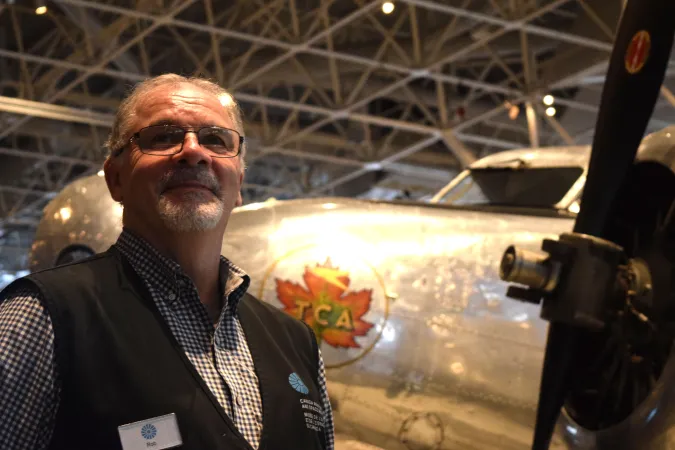
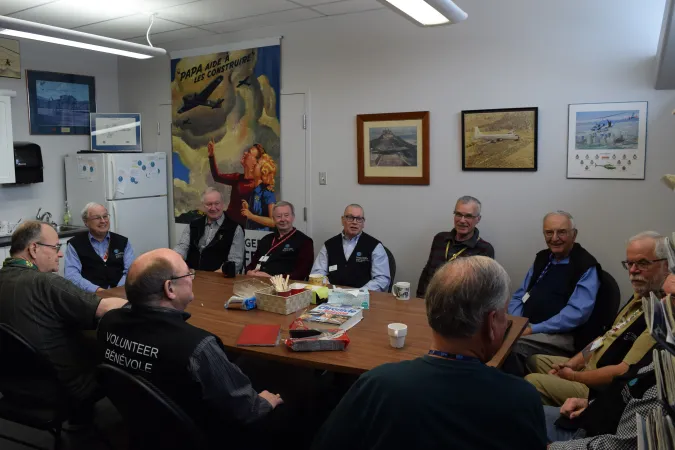
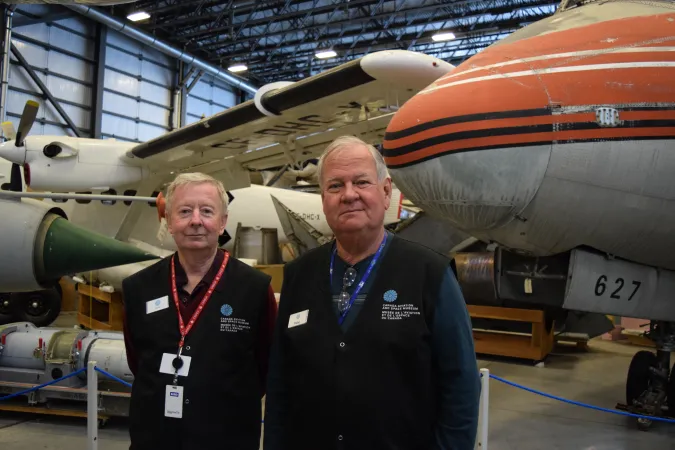
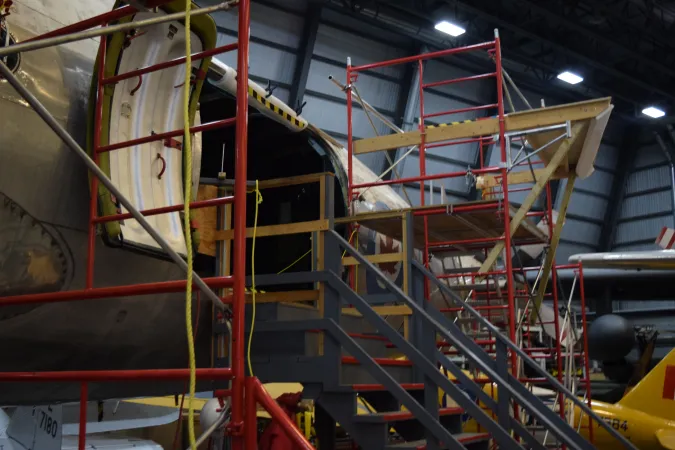
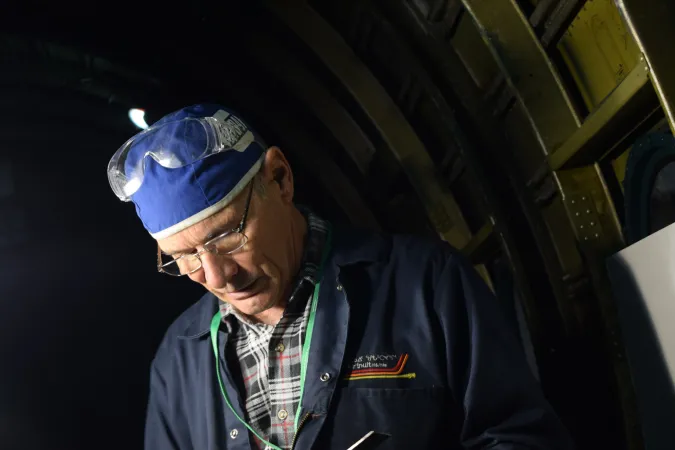
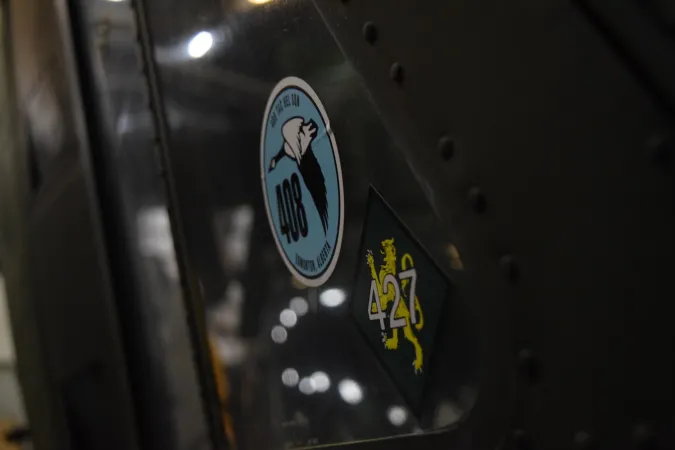
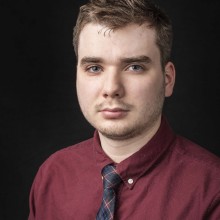
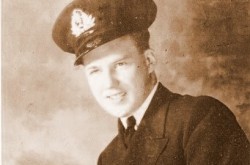

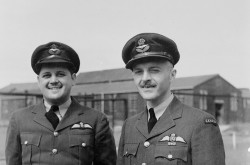
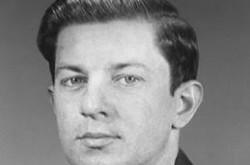
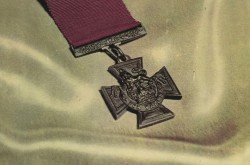




![A block of photographs showing some of the people involved in the bombing of beluga whales in the estuary and gulf of the St. Lawrence River. Anon., “La chasse aux marsouins [sic]. » Le Devoir, 15 August 1929, 6.](/sites/default/files/styles/thumbnail_7/public/2024-09/Le%20Devoir%2015%20aout%201929%20page%206.jpg?h=584f1d27&itok=TppdLItg)






